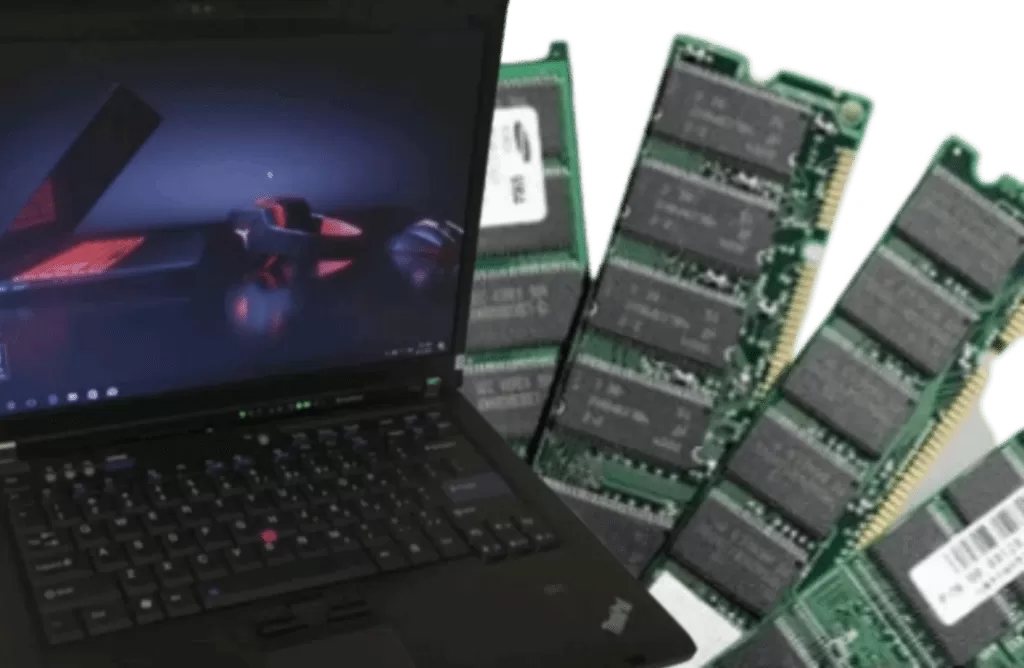Despite the fact that Microsoft says that Windows 11 is an improvement over Windows 10, especially in terms of visuals, and security. However, Microsoft officially only supports operating systems on devices that use 8th generation Intel core CPUs, or newer, AMD Ryzen CPUs. based on the zen+ microarchitecture, or later, or Qualcomm snapdragon 850 ARM system-on-chip, or later with UEFI secure bots, and trusted platform module (TPM) 2.0 are supported and enabled, although Microsoft may grant exceptions to the TPM 2.0 requirement for OEM.
Although the OS can be installed on unsupported processors, Microsoft does not guarantee the availability of updates. Windows 11 removes support for 32-bitx86 CPUs, and devices that use BIOS firmware.
Many users actually feel that Windows 11 is not really better than Windows 10. Visually, Windows 11 is much fresher, but Microsoft has made a number of changes that make productivity when using Windows 11 not as good as when using Windows 10. Here are 7 reasons why don’t you need to upgrade to Windows 11 and just stick with Windows 10.
1. Strict hardware specification requests .
To be able to install Windows 11 and run it optimally, the user’s PC must be compatible with the requested hardware specifications. While Windows 10 can be easily installed on older PCs, the same thing unfortunately can’t be done on Windows 11. One of the most demanding specs of Windows 11 is the presence of TPM 2.0 which most older motherboards don’t have. Bypass checking TPM 2.0 when installing Windows 11 can actually be done so that Windows 11 can run on older PCs, but Microsoft says that they don’t promise update support or drivers for PCs that do that method.
2.Start Menu that “downgrades” from the one in Windows 10 .
Until now, the Start Menu has become one of the best features that Windows has where through it, users can more easily access the applications installed on their PCs. Windows 11 offers a new Start Menu with a new design and a center position, which is unfortunately not liked by many users. One reason is that the Start Menu prioritizes “Pinned” and “Recommended” on the main page. So, to be able to access all applications, users must first click “All apps”. On the Start Menu in Windows 10, to be able to access all applications, users do not need to do that.
3. Cannot open Task Manager from Taskbar.
Through the Task Manager, users are given the convenience of shutting down applications or processes that are currently running, with just one click. There are many ways to access the Task Manager, but one of the most commonly used is by right-clicking on the Taskbar and selecting Task Manager. Unfortunately, the option to open Task Manager via the Taskbar in Windows 11 is disabled. So, if you want to access the Task Manager easily, users can only do it via the Start Menu (by right-clicking the Start Menu and selecting Task Manager) or via a shortcut with the Ctrl + Shift + Esc key combination.
4. Fewer menu options when right-clicking on a file
In Windows 10, when you right-click on a file or folder, all menu options such as “Create shortcut”, “Edit”, “Print” and “Scan with Windows Defender” will appear. Unfortunately, in order to give a new and fresh impression for Windows 11, Microsoft decided to simplify the menu options when clicking on a file or folder. Users can actually display all menu options like in Windows 10, but must select “Show more options” first after right-clicking, or directly but through the shortcut combination Shift + F10.
5. Required to connect to a Microsoft account.
Microsoft has continued to push for mandatory use of Microsoft Accounts on Windows in recent years. In fact, many Windows users find such requirements very annoying, especially for those who just want to use their PC without having to connect to the internet. Unfortunately, through Windows 11 Insider Preview Build 22557, Microsoft requires a Microsoft Account to perform any future installations of Windows 11, including Windows 11 Pro. So, just like Windows 11 Home, in addition to a Microsoft Account, an internet connection will also be required during installation.
6.How to change the default application which is more difficult
To change the default application in Windows 11, users must individually set each file type to the application that they want to be the default. This means, instead of one-time settings for all file types, such as KMPlayer which you want to be the default application for all types of videos, users have to set each file type individually such as MKV, 3GP, AVI, MP4 and many more. Fortunately, Microsoft is reportedly working on an update in Windows 11 to make it easier for users to set their default browser. Hopefully, the update will be extended to other applications such as video and photo applications.
7. Built-in antivirus that still needs additional antivirus.
Microsoft provides Windows 11 with a built-in antivirus in the form of Windows Security which in fact is strong enough to just see if there is a virus that enters from an external device or if there is something suspicious from the site you are visiting. But if for other security features such as a password manager or VPN, Windows Windows Security is not equipped with it. Therefore, even though it already has a built-in antivirus, Windows 11 still needs an additional antivirus such as extra protection, which makes it not much different for security matters with Windows 10. While there are still visible flaws, as of May 2022, Windows 11 is the 2nd most popular Windows edition on Windows PCs in the United States, at 11%, and several other countries (also 2nd in North America overall and Oceania/Australia). , while globally on average it remains 3rd (and in some countries 4th) after Windows 7 , far behind Windows 10, which stands at 77% in the United States. Across all platforms Windows 11 runs on 2.6% of PCs. That was a review of some of the reasons why you don’t need to upgrade to Windows 11. After reading the reviews above, are you increasingly reluctant to upgrade or are you more interested in Windows 11?***





